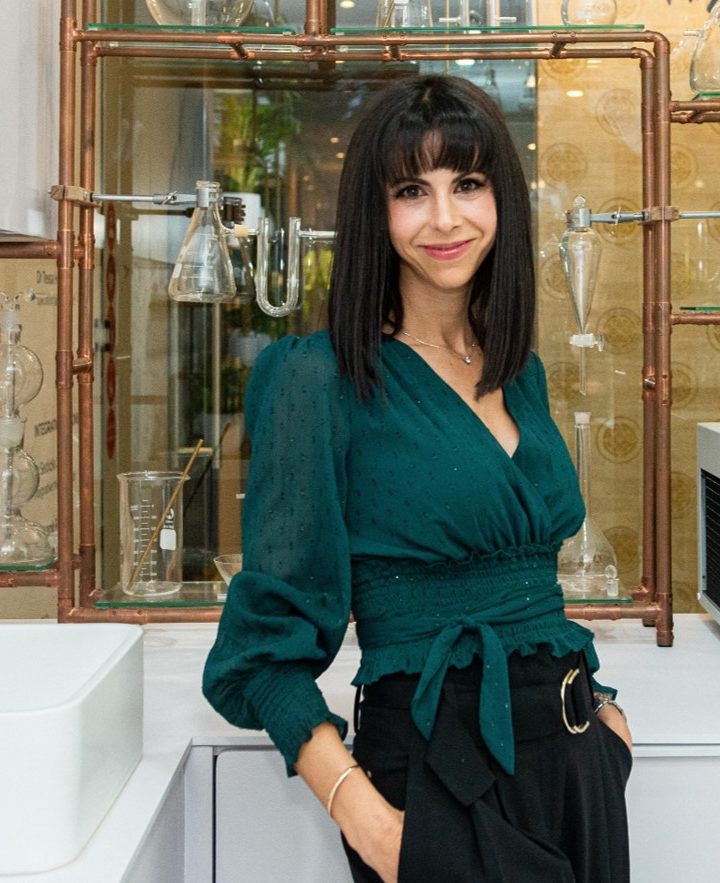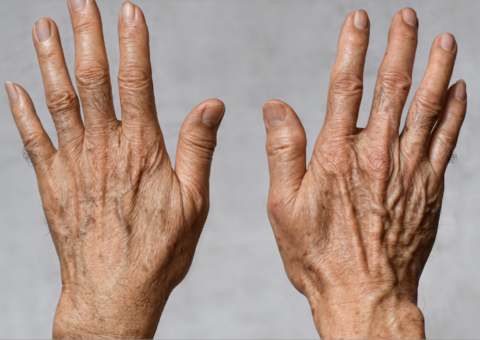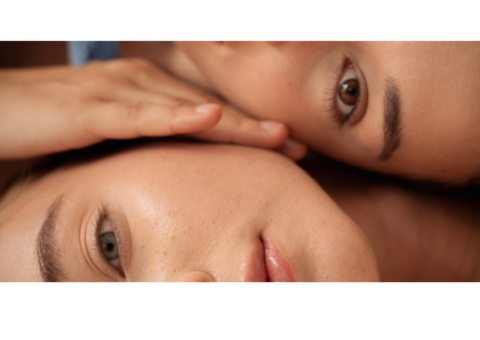The colour of our skin is an evocative topic, particularly in the South African context. And people seem to spend an extraordinary amount of effort in either tanning or lightening their skin. But at the heart of it, the tiny melanocyte, the pigment cell which makes our pigmentation, is really only trying to do its job: protect us from the sun.

Because in South Africa, our gorgeous African sunshine can cause some particularly ungorgeous side effects.
I find with my patients, that if the fear of developing skin malignancies down the line isn’t enough to change their sun protection behaviour, that the development of pigmentation on the face is sure to!
Hyperpigmentation really just refers to brown marks on the face or body but before you can treat it, you need to know exactly what type you are dealing with.
Because pigmentation is not pigmentation is not pigmentation.
Let’s break it down.
![]() Hormonal pigmentation
Hormonal pigmentation
What does this look like?

Literally called ‘the mask of pregnancy’, this is one superhero accolade new moms do not need. You can recognize it as symmetrical blotchy hyperpigmented patches on the face, usually on the cheeks, bridge of the nose, forehead and upper lip. Like somebody took brown paint and splattered it on the skin then painted on a permanent moustache. But although it affects up to 50% of expectant moms, it is not limited to them and affects men too.
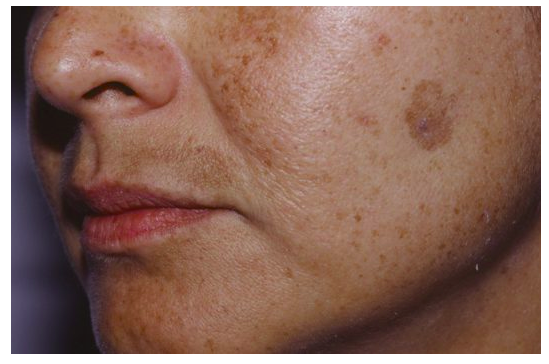
What to avoid?
Melasma can be triggered by oral contraceptives (oestrogen in particular), blue light and heat but the no. 1 enemy of melasma is still sun exposure.
If you are trying to treat melasma while still on the pill or lounging in the sun, it is going to be a fruitless swim up-stream.
Likewise, because any blood vessel dilation from heat can worsen your pigmentation, your addiction to hot yoga and steam rooms could be sneakily sabotaging your skin-lightening efforts.
How do I treat it?
Gently does it. In melasma patients, the pigment cells are exquisitely sensitive. Any injury to those cells, and they’ll start pumping out more pigment. Slow and steady = safe.
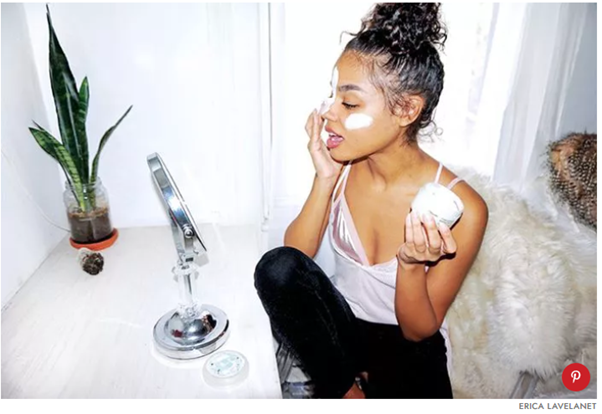
The cardinal rule: SPF, SPF, SPF.
| Look for: A mineral sunscreen containing zinc or titanium dioxide which will act as a wall bouncing light and heat off the skin. Choose a sunscreen with iron oxide which will protect you from your devices’ blue light – another pigment villain and the reason why we need to wear sunscreen in the dead of winter. | Be careful with: Chemical sunscreens which convert UV into pigmentation-inducing heat. |
What else to incorporate into your homecare regimen:
You want to gently lift off pigmentation by exfoliating while lightening the skin and blocking more pigment production.
| Look for: Chemical exfoliants like lactic or glycolic acid.– Products containing arbutin, kojic acid, azelaic acid, liquorice root extract or silymarin. | Be careful with: Physical exfoliants which can cause microtears in the skin and trigger more pigmentation. Day-time products containing lemon which makes your skin more sensitive to the sun |
What other tricks up our sleeve might a dermatologist have?
We have many! From prescription mixtures containing Vitamin A and hydroquinone to oral supplements with pycnogenol, glutathione or Fernblock. In the more severe and most stubborn cases we can also treat with tranexamic acid.
We can also use in-house treatments to lighten pigmentation. You can trust the practitioners at TASH360 to decide which treatment will work best.
| Look for: Chemical peels ranging from gentler options containing mandelic, azelaic or glycolic acids which are often alternated with microneedling to more aggressive ‘once-off’ peels such as Cosmelan or the Mesopeel Melanostop tran3x peels. | Be careful with: Laser treatments which overheat the skin and can worsen melasma. |
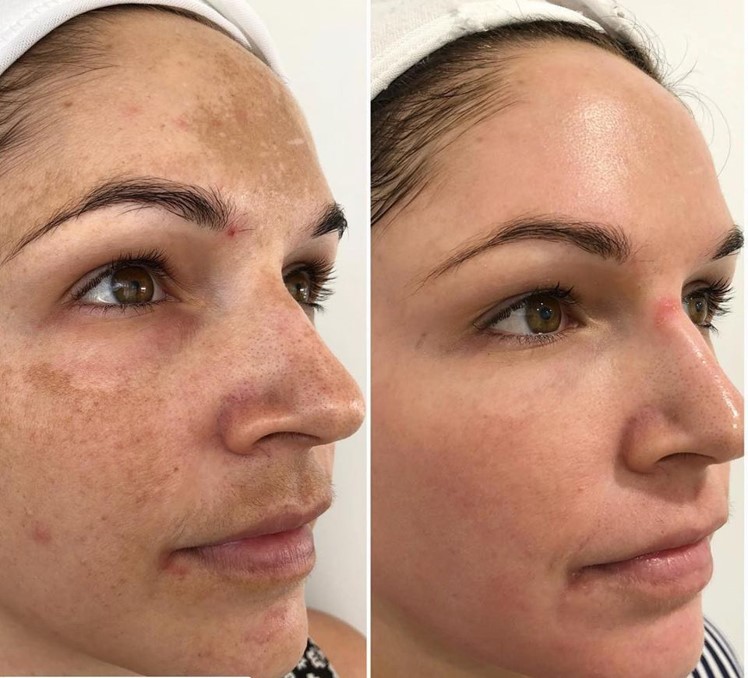
You will never get rid of your melasma for life. It is important to understand that we don’t aim to ‘cure’ melasma – this is something which will continue to rear it’s splotchy head during the summer months so maintenance plans are key.
![]() Sun Damage
Sun Damage

What does this look like?
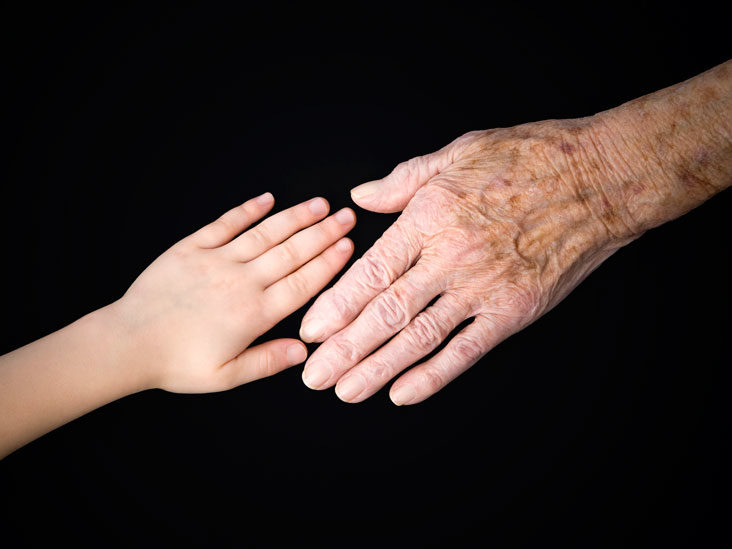
Pesky big freckles which seem to pop up literally overnight which remind you of your Granny’s hands.
What to avoid?
Simply put TOO MUCH SUN and TOO LITTLE PROTECTION. No judgement here, down here in South Africa we have to be really savvy to keep our skin safe.
How do I treat it?
The good news is that it is easy to treat solar lentigos because they sit really superficially in the skin: from peels to anti-pigmentation creams to liquid nitrogen therapy if there are just one or two spots to treat. But my ultimate fave treatment when it comes to sun spots is our BBL laser treatment which can treat big areas safely and effectively.
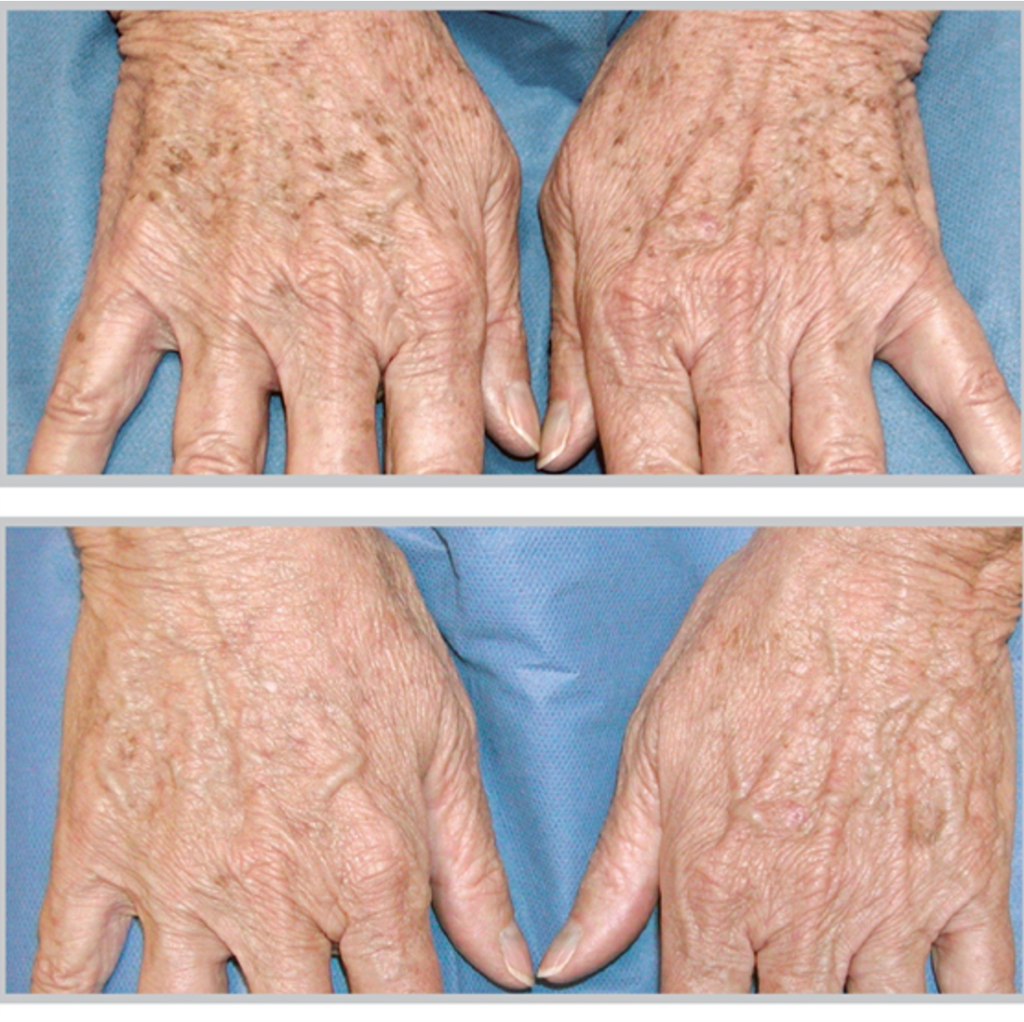
![]() Post-inflammatory Pigmentation
Post-inflammatory Pigmentation
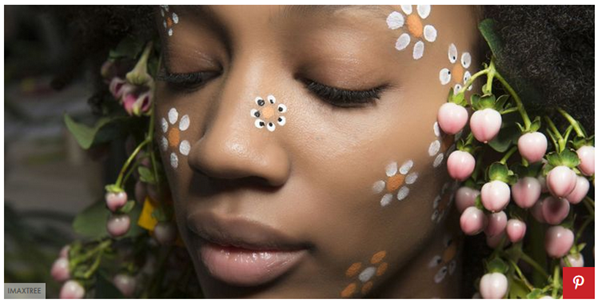
What does this look like?

Dark marks left behind by acne, bites or even a rash. Any inflammation of the skin really.
What to avoid?
Picking your skin.
How do I treat it?
This type of pigmentation often sits deeper. Remember: superficial = simple to treat. Deep = difficult. So here there is no blanket rule but the first thing to know is that time is your friend and the pigmentation often does fade with time. Chat to your dermatologist or to our laser specialist to learn what options are available.
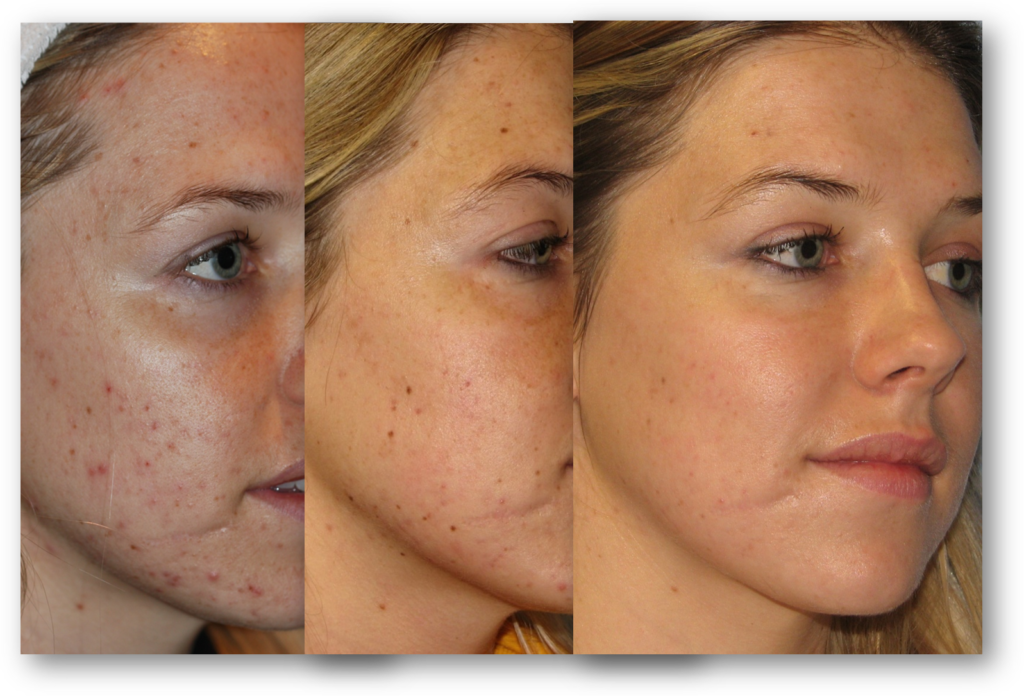
So although in our youth, we seemed to spend so much time chasing pigmentation in the form of baking in the sun to achieve that perfect shade of golden brown, now in adulthood so many of us are paying the price. So let’s get covered up, slathered up and put on some war paint because it’s time to say adieu to that pigmentation. It is no longer welcome.



